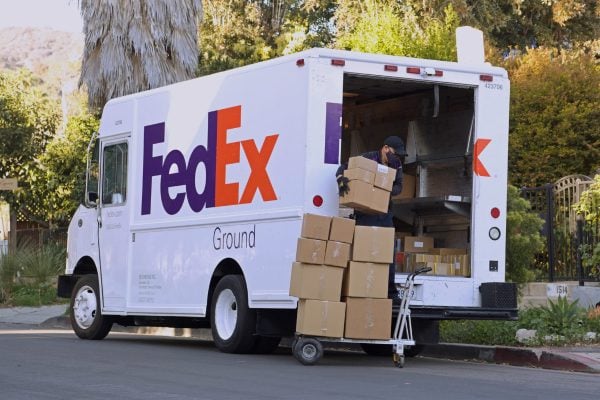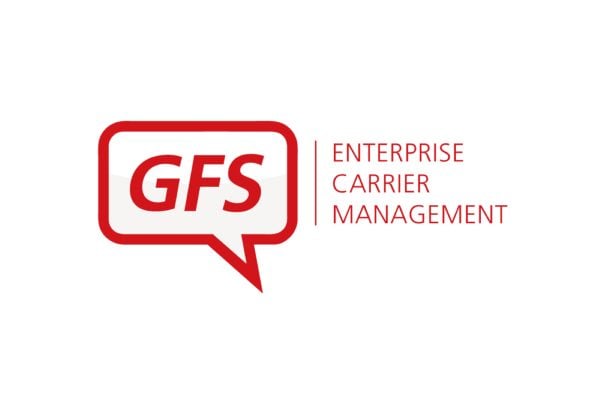Marketplace merchants that independently manage their last mile offering will often face the dilemma of balancing costs and customer expectations.
Customers’ ever-changing service demands brought on as a result of disruptors in the field like Amazon and eBay are putting pressure on sellers to offer fast delivery at no cost. So suggests new research by Capgemini, which says that 99% of shoppers aren’t willing to “absorb the full cost of delivery,” which leaves merchants’ in a profit-sacrificing position.
As deliveries happen to be one of the most expensive parts of the supply chain, the question arises is autonomous control of fulfilment the best option for sellers?
Fulfilment by Amazon
Merchants who have signed up to Fulfilment by Amazon (FBA) can enjoy Amazon Prime, a two-day delivery service. The programme is advantageous as it promises accelerated transportation of shoppers’ goods and something that they yearn for; free delivery. Sellers who trade on Amazon, in particular, would notice how accustomed shoppers are to fast delivery and how vital it is to keep up with that benchmark to avoid losing sales.
Besides the benefit of Amazon’s control of merchants’ packing, delivery, customer service, and returns, sellers also have a chance to win Buy Box, which leads to at least 82% of sales on the marketplace.
But how can merchants attain the privileged status? Amazon say that sellers are evaluated on “carefully chosen factors in an effort to give customers the best shopping experience.”
Here are the criteria that Amazon uses to determine eligible merchants. Order defect rate; Amazon judges order defect rate (ODR) based on merchants’ customer feedback, A-to-z guarantee claims, and chargebacks. Amazon expertise; the marketplace will take in consideration sellers’ time and experience on Amazon. They will also see whether a merchant has obtained Professional Seller status. Customer experience; Amazon will look at metrics such as shipping time, fulfilment method, price, and customer service to make sure that shoppers will have a pleasurable buying experience when ordering merchants’ goods.
Overall, FBA offers many perks but newcomers in the field might find Amazon’s fees too high for their budgets.
Fulfilment by merchants
Fulfilment by merchants (FBM) requires merchants to ship their own products from their homes, offices or warehouses after an order has been put through on Amazon. This presents an advantage as merchants can pack products themselves in order to avoid customers complaints, which FBA workers don’t always do due to the lack of the unfamiliarity of what’s inside of each box.
However, new entrants in the market can find it difficult to know which suppliers are the most appropriate for their business model. This can present an additional administrative burden with which many might not want to deal with. However, merchants may be able to save money by taking total control of their deliveries, but this also comes down to their choice of suppliers.
Amazon Seller Fulfilment Prime
Amazon Seller Fulfiled Prime (SFP) offers merchants an autonomy of handing their own labels, pack, and ship via a network of trusted SFP suppliers. Merchants that own a warehouse or happy to manage their deliveries from their own facilities can find this solution beneficial as it doesn’t require them to send shipments to Amazon fulfilment centres. By displaying the Prime badge, sellers are committed to fulfiling orders with one-day delivery at no extra fee for Prime eligible shoppers.
Sellers who complete the trial period to prove they’re capable of meeting Amazon Prime shipping standards are automatically enrolled in SFP scheme. Those who qualify can also have a chance to win Buy Box as often as FBA merchants, without having to face FBA fees. It is difficult to judge which of the two schemes offer value for money as Amazon reveals SFP rates only once a merchant applies for the service. However, the disadvantage of Amazon FBA is that it charges long-term inventory storage fees in order to discourage merchants’ to keep their stagnant stock in their fulfilment centres. Whereas FBA merchants having their own warehouse or storage space can keep their inventory as long as they like.
While both independent and relied upon handling of the last mile experience presents pros and cons, why not share your own experience on this subject?









3 Responses
We have given up bending over backwards to offer the so called free shipping. I think as long as wording says free the customers are not stupid they know the price is in the cost of the total.
The only time as a seller you get hit hard is where Amazon offer the product at a crazy low price with Prime as they fund that fro the Tax they don’t pay. So now we do not allow them the ability to use us for making them look good.
The hidden part of Seller Fulfilled Prime that was not mentioned anywhere in our sign up bumpf issued by Amazon was the fact that yes they accepted the returns automatically on our behalf immediately without quibble (which was shown) but made no mention of us being billed £2.99 for the return.
So as we sell an item that the customer needs to measure their pet correctly with a returns rate of around 20% we jumped in with both feet and wow!!!.
Forget the extra sales which was around 8% growth the cost of the returns killed it.
We can no longer offer it seller fulfilled Prime due to the prices offered by Amazon themselves on the Prime and removed that and all other items which required customer measuring as anywhere else they pay the return.
We also found that Amazon seem to sell a range of items that they do not stock via Amazon fulfilled Prime.
We know this as a supplier who’s family actually own factory in China Have the item and supplied us with the item so only themselves and us were on Amazon offering Seller fulfilled Prime yet suddenly Amazon were selling the item.
So we worked with them to see where they obtained a stock of the item and we removed the prime option and so did they.
Guess what Amazon within 30 seconds showed out of stock.
We left it an hour and re-applied the seller fulfilled Prime and guess what.?
Yep!! Amazon suddenly had stock again.
So we calculated that the reason for this is.
If they can get you to offer seller fulfilled they can offer.
Normally you sell an item for £100 and clear around £85 after fees and have the headache of shipping and stocking and refunds etc.
So you get talked into offering Prime and then suddenly Amazon just divert the sale they get to you.
Leaving a buyer thinking they have bought from Amazon which most say they have bought off Amazon rather than a merchant anyway.
But now you pick up their shipping cost which Amazon received the Prime membership fee for and you also pay a £2.99 return shipping fee which again they offer in their prime membership fee.
So they get the same 15% fee from you with no storage costs no shipping costs no returns costs no risk of lost items etc. Plus buyers think Amazon did all the speed and packing. They are not bothered by the fact you may have put a receipt in with your business on.
I ask many people where they buy an item from and they say Amazon and when i say “Actual Amazon or a seller on Amazon they reply “Oh I don’t know” They only know when they need to return.
Win Win for Amazon.
If we all sat and though about it to hold stock of everything they claim to have they for sale they would need warehouses in the UK the size of Wales and in the US the size of a couple of Texas sized states.
So we have pulled seller fulfilled and find hardly any difference in sales but a huge difference in profits.
Seller Fulfilled Prime is useless for most merchants.
You are required to use Royal Mail TR24 or DPD. The cost of these services are so much higher than Royal Mail 24 so no use for low priced items. It only really works for large expensive items with decent margins.
I meet the metrics for seller furfilled prime just not worth the extra expense.